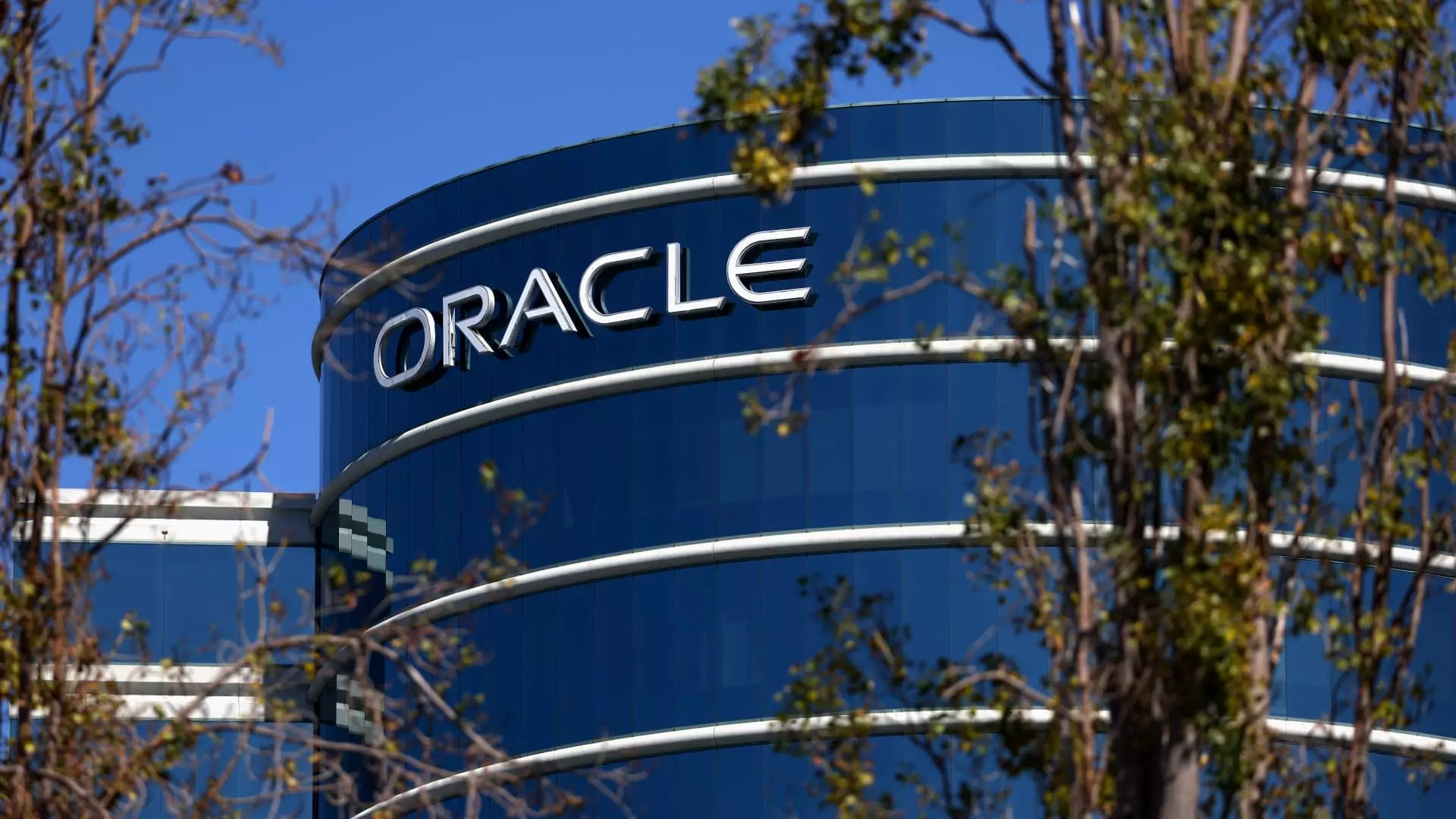In an unexpected turn during Oracle’s recent earnings call, Larry Ellison, the company’s chairman and co-founder, presented a proposal that might perplex even the most ardent tech enthusiasts. Ellison signaled a potential pivot towards small modular nuclear reactors (SMRs) to meet the staggering electricity demands posed by the burgeoning field of artificial intelligence (AI). He described the electricity consumption levels as “crazy,” reflecting a growing concern about the sustainability of current energy solutions as the tech landscape evolves. This not only highlights the intersection of energy consumption and technological advancement, but it also poses critical questions regarding energy infrastructure in the future.
Artificial intelligence is rapidly becoming an integral part of various industries, necessitating vast amounts of computational power. Ellison’s remark about designing a data center consuming over a gigawatt of electricity underscores the extreme energy requirements associated with supporting AI technologies, including machine learning and data analytics. Such a technical infrastructure is vital not only for Oracle but also for the broader sector, especially as industries pivot towards incorporating more AI-driven solutions. As demand intensifies, there is a pressing need to rethink traditional power sources in favor of more innovative and sustainable methods.
The Promise and Challenges of Small Modular Reactors
Small modular reactors offer a promising alternative to conventional energy sources, with the ability to generate substantial power while maintaining a lower physical and environmental footprint. These reactors, typically with an output of 300 megawatts or fewer, are designed for easier construction and deployment. Unlike their larger counterparts—often limited by high capital costs and extending timelines—SMRs could be prefabricated and assembled on-site, potentially revolutionizing the way we think about nuclear energy. However, it is crucial to recognize that while the potential is vast, these technologies are still in developmental phases and could take years—if not decades—to reach full commercialization within the United States.
Ellison’s disclosure about Oracle’s nuclear ambitions raises questions on regulatory environments and public perception surrounding nuclear technology. As he hinted at securing building permits for these reactors, the path ahead will likely be fraught with regulatory scrutiny and public concerns about safety and environmental implications. The United States has shown resistance to expanding nuclear energy, and here, Ellison must navigate a complex web of regulatory frameworks, lobbying efforts, and societal skepticism towards nuclear power.
Moreover, it is critical to address the geopolitical implications of this technology. As Ellison pointed out, only a few SMRs are currently operational globally—and notably, they are situated in nations like Russia and China, rivals in the tech and energy sectors. The U.S. faces the dual challenge of advancing its own nuclear technologies while fending off potential technological dependency on these geopolitical adversaries. This situation emphasizes the urgency of developing domestic capabilities not just for energy independence but also for strategic positioning in the global tech race.
Ellison’s vision for powering Oracle’s data centers with nuclear energy may seem far-fetched to some, but it encapsulates a broader narrative of exploring innovative solutions to meet escalating energy demands. While the shift towards SMRs could play a significant role in powering the future of AI, overcoming technological, regulatory, and public sentiment challenges will be essential. As the world braces for an AI-driven future, the intersection of technology and energy presents an opportunity for thoughtful discourse and actionable strategies in pursuit of sustainable growth.

